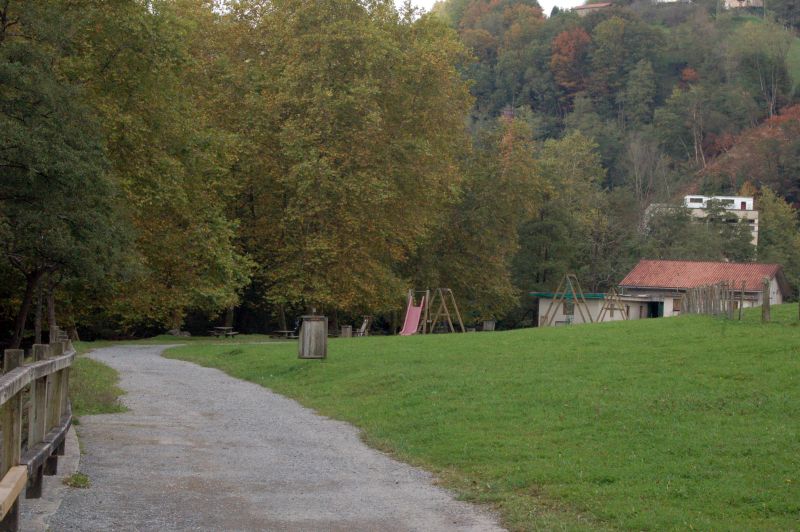
Puntos de Interés

Vegetation
Barranco del Agua
The Barranco del Agua is a protected natural area, belonging to the territory of the Canary Islands, which is included in the Natura 2000 Network, as a Site of Community Importance, under the name of Barranco del Agua Site of Scientific Interest.
It is located in the north-eastern sector of the island of La Palma, in the municipality of Puntallana. Its course runs from the Caldera de Taburiente to the Martín Luís cove, between the Tenagua and Santa Lucía mountains, covering an area of just over 74 ha. This ravine is one of the island's natural treasures, attracting many visitors both to study and to enjoy its ecosystems and biodiversity. Its value lies in the representation of almost all the vegetation levels recorded in the archipelago in a single space. These floors have been generated thanks to the different altitudes between the highest and lowest areas, the different types of volcanic soil, the concentration of humidity, the proximity to the ocean or the solar exposure, which depends on the orography of the ravine.
Among the plant formations that can be seen in this area, the cardonal-tabaibal stands out in the low area near the coast. This is one of the most important communities on the island, with xerophytic scrub species adapted to dry places or environments, such as cardon (Euphorbia canariensis), tabaiba (Euphorbia sp.) and broom (Retama rhodorhizoides). Although, in the deeper areas, you can find some specimens of Canary Island pine (Pinus canariensis). In these areas, it is also common to spot some birds, reptiles and amphibians such as the canary (Serinus canarius), the Tawny Pipit (Anthus berthelotii), kestrels (Falco tinnunculus), palm frilled lizards (Gallotia galloti ssp. palmae) and the San Antonio frog (Hyla meridionalis).
Meanwhile, in the upper-middle sections of the ravine, areas of thermophilic forest, famous for its high mountain palm trees (Phoenix canariensis), still resist agricultural and environmental pressures. Areas where it is easy to distinguish characteristic scrubland species like rockrose (Cistus monspeliensis), granadillo (Hypericum canariense), verodes (Kleinia neriifolia) and Canary Island juniper (Juniperus canariensis).
Although the most prominent ecosystems are the middle and lower areas. In the upper part there is a wooded mass of pine forest and woodland, with samples of species such as faya (Myrica faya), laurel (Laurus novocanarensis), viñatigo (Persea indica), heather (Erica arborea), bejeque (Aeonium canariense), bicarera (Canarina canariensis) and Canary Island pine, among others. A sector of the ravine inhabited by birds such as the common ringdove (Columba junoniae), the turquoise (Columba bollii), the chaffinch (Fringilla coelebs) and the sparrowhawk (Accipiter nisus).
The Barranco del Agua is a route of great scenic beauty, combining environmental richness and cultural landmarks. Some of those cultural landmarks date back to the collection and use of water since Guanche times. Although no clear sites have been found, there is evidence of the historical importance of this area as a shelter or corral. A great archaeological potential worth discovering.


